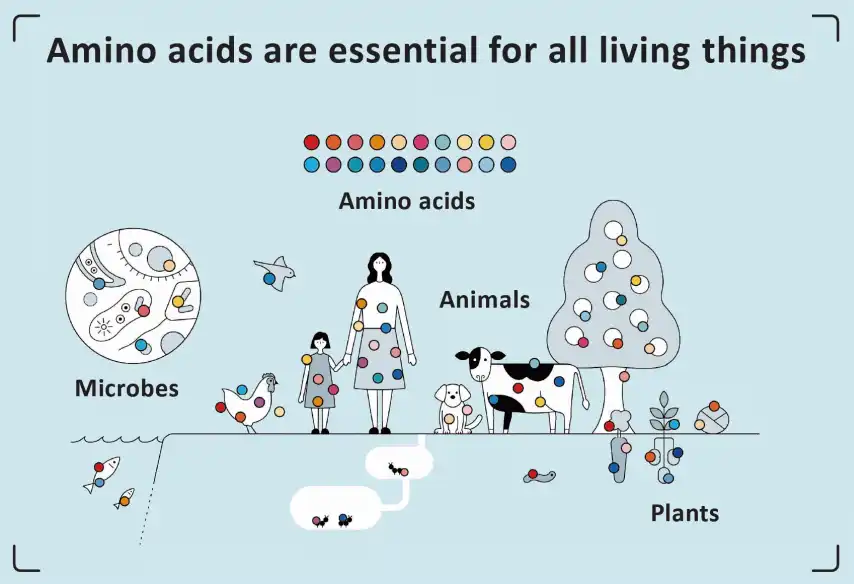According to Messi Biology, magnesium carbonate exhibits a stable and reliable anti-caking effect in amino acid products through a combined mechanism of action that includes moisture absorption and isolation, physical dispersion, flowability improvement, and inert compatibility. Its performance depends on particle size, the proportion added, and product humidity conditions. With proper formulation, it can significantly improve the storage stability and ease of use of amino acid powders. Magnesium carbonate functions as an inorganic powder. Its anti-caking mechanisms are mainly reflected in the following aspects:

- Moisture Absorption and Slow Release:
- Amino acids are mostly highly hygroscopic substances, especially prone to absorbing moisture and clumping in high-humidity environments. Magnesium carbonate has a certain moisture absorption capacity, which can first adsorb some of the moisture, delaying the direct moisture absorption of amino acids, thereby inhibiting the formation of liquid bridges or crystal bridges. This is one of the “indirect anti-caking” mechanisms.
- It acts like a miniature desiccant, dispersed in the powder to absorb free water.
- Helps control local humidity, avoiding local adhesion of amino acid powders.
- Particulate Physical Isolation Barrier:
- The fine particles of magnesium carbonate can fill the gaps between amino acid powder particles, playing a physical separation role, reducing the frequency of contact between powder particles, and reducing crystal bridges or liquid bridge structures caused by moisture migration.
- Particularly suitable for deliquescent amino acids such as lysine and threonine.
- Similar to a “powder gasket” function, effectively inhibiting agglomeration trends.
- Hydrophobic Surface Structure Improves Flowability:
- The surface of magnesium carbonate has a certain degree of hydrophobicity. After mixing with amino acid powder, it can reduce the hydrophilicity of the overall powder, thereby improving its flowability and reducing the accumulation and adhesion caused by static electricity or moisture.
- Improved flowability can reduce caking caused by stacking pressure.
- Has a positive effect on mechanical packaging and automatic feeding.
- Particle Size Matching and Surface Area Control Crystal Bridge Formation:
- By reasonably selecting the particle size of magnesium carbonate (such as light or ultrafine powder), an “interference layer” can be formed with amino acids of different particle sizes, preventing crystal bridge structures (i.e., crystalline connections formed after moisture evaporation) caused by trace moisture.
- Light magnesium carbonate particles are large, which is conducive to moisture absorption and filling.
- Nano-scale magnesium carbonate has a large surface area, making it more suitable for fine-tuning moisture migration channels.
